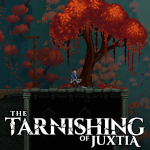Game: “The Tarnishing of Juxtia”
The Tarnishing of Juxtia
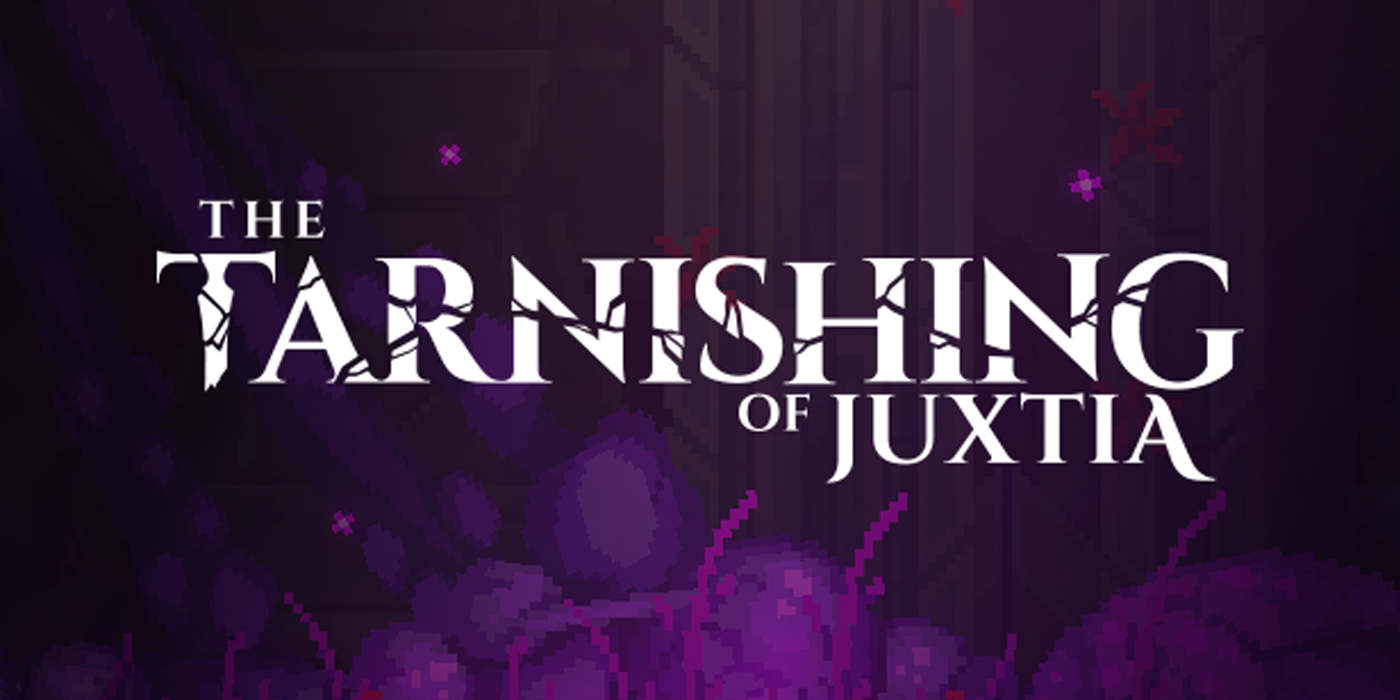

The Tarnishing of Juxtia is a new entry to the competitive 2D soulslike genre. If you’re at all familiar with the tropes you’ll find yourself quickly at home – explore a dead/dying kingdom, collect souls from defeated enemies to level up, rest at a bonfire (fountain) to restore health/healing items and resurrect the enemies, tough boss battles… it’s all quite by-the-numbers which, depending on your level of saturation into this kind of game, could be either a pro or con for what you’ll get out of it.
At A Glance
| Scores | |
| Visuals | 7 /10 |
| Sound | 5 /10 |
| Gameplay | 7 /10 |
| Overall | 7 /10 |
| Positives | + Competent, solid combat + Good weapon variety introduced early + Interesting world design |
| Negatives | – No real USP to combat – World design hidden behind tropes – Some technical issues |
| Price (When Reviewed) | £20.24 |
| Our Playtime | 4-5 hours |
| Available On | PC |
The gameplay of Tarnishing of Juxtia will feel immediately familiar to anyone who has played a 2D soulslike in the last few years – the closest comparison would probably be 2019’s Blasphemous, with the strict adherence to Dark Souls orthodoxy and deliberate, weighty combat. Tarnishing’s combat felt to me a little too slow in places, with the attack speed of some weapons seeming too sluggish to ever be really viable, but the mid-size range of swords and spears certainly felt comfortable. Weapons do feel meaningfully different from each other as well, which is certainly a positive given the wide range you’re quickly introduced to.
The game is lacking in the exploration aspects that some of the more metroidvania-esque soulslikes have embraced (as far back as Demon’s Souls itself, I’d argue), instead opting for more linear paths between bonfires fountains and the next boss. There are a few hidden items behind some platforming puzzles, though these are usually quite obvious and not particularly challenging. Combat is very much the focus here, with other aspects filed down.
That the game has a focus in its design is no bad thing, and the focus on combat does give Tarnishing a good sense of pace, with little to distract between combat encounters. There’s good variety of enemies and weapons, and experimentation is certainly encouraged with the early access to most basic weapon types – something I frequently find myself wishing FromSoftware’s games would embrace.

The graphical style is nice; less retro than Blasphemous’ heavy lean into the 16-bit aesthetic and more along the lines of Dead Cells, though without that game’s fast pacing or humour. Enemy and environment designs are interesting and characterful, and different enough to be easily readable, though it does tend to be a little overly dark which can cause issues if you’re playing in a well-lit room (or, you know, daytime). Some combat animations could be a little clearer, with a few bosses able to change direction during a wind-up that felt a little unfair.
There is some intriguing world design going on in The Tarnishing of Juxtia, and that it is buried behind so many well-used prompts is almost a shame. I think there is a great missed opportunity in this kind of game for exploring a dying, rather than dead, world – last year’s Tails of Iron did this very well, with a hub town and castle that changed and rebuilt over the course of the story. Tarnishing is very firmly in the Lordran camp, with a world that does not feel especially responsive to your actions, occasional NPCs who speak in riddles and few signs of non-hostile life.
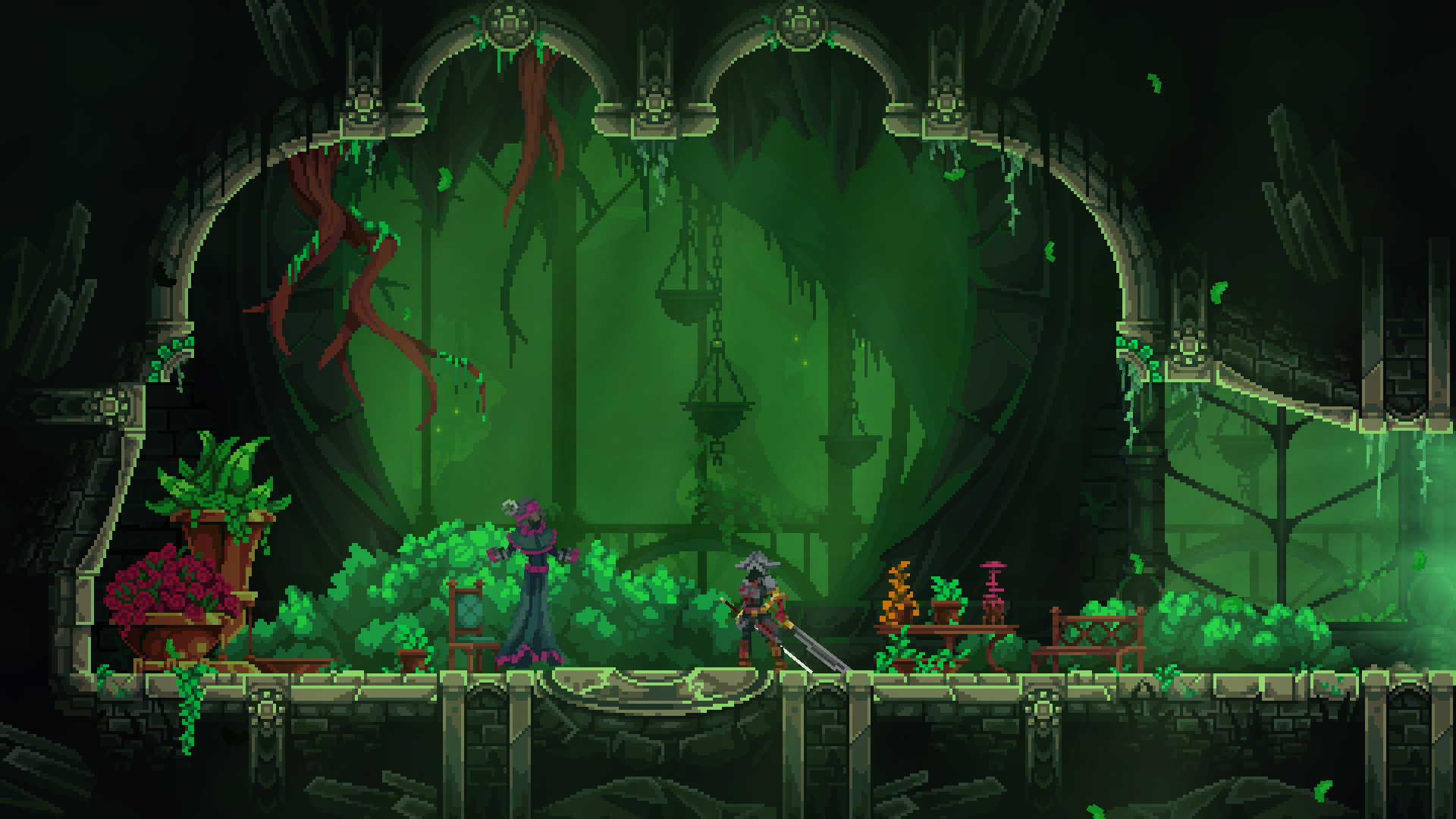
I had a few technical issues with the game. My first attempt at it had no sound, and crashed out at the end of the tutorial dungeon, meaning I had to replay it. Thankfully this did not repeat. The game also does not support any 16:10 resolutions, meaning due to my setup that I was only able to play it in a small window or have the edges of the screen cut off if attempting fullscreen. I feel it would be greatly at home on a handheld device and, while there’s no Switch release scheduled that I’m aware of, the Steam store page does state that it is fully compatible with the Steamdeck (though I have not been able to test that). It is certainly better played with a controller than keyboard, and helpfully does allow you to fully remap the controls to fit what you’re used to.
Tarnishing of Juxtia is an interesting if unoriginal entry to the genre. It’s hard to recommend over other entries, as it feels a little bareboned compared to the atmosphere of Hollowknight, the fluidity of Dead Cells or the world design of Tails of Iron, nevermind the epic expanse of Elden Ring. But if you’re looking for another challenge (or if it’s on sale) you might find something to pique your interest in its workmanlike but enjoyable combat, or the hidden depths to its world-building and narrative.
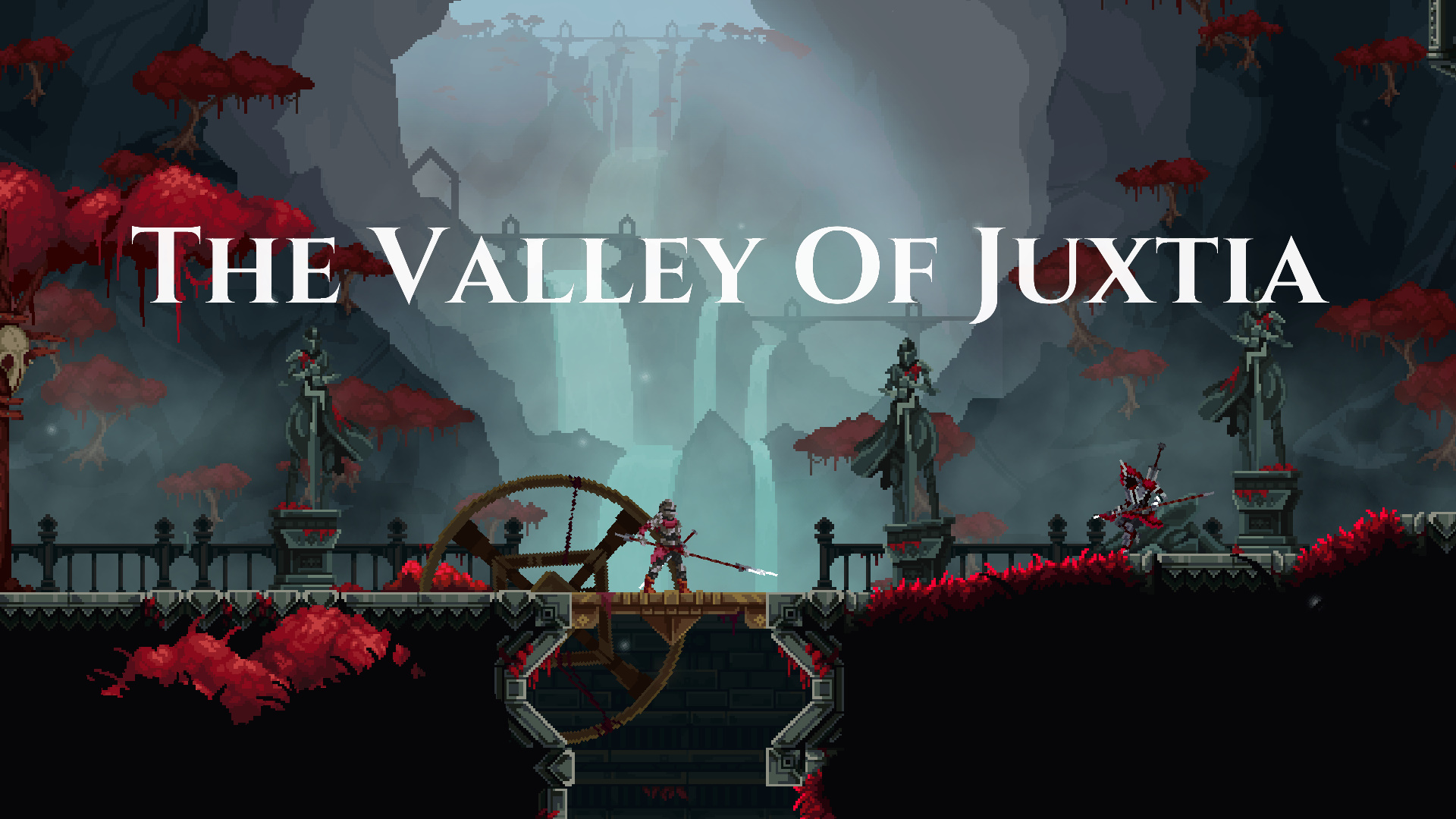
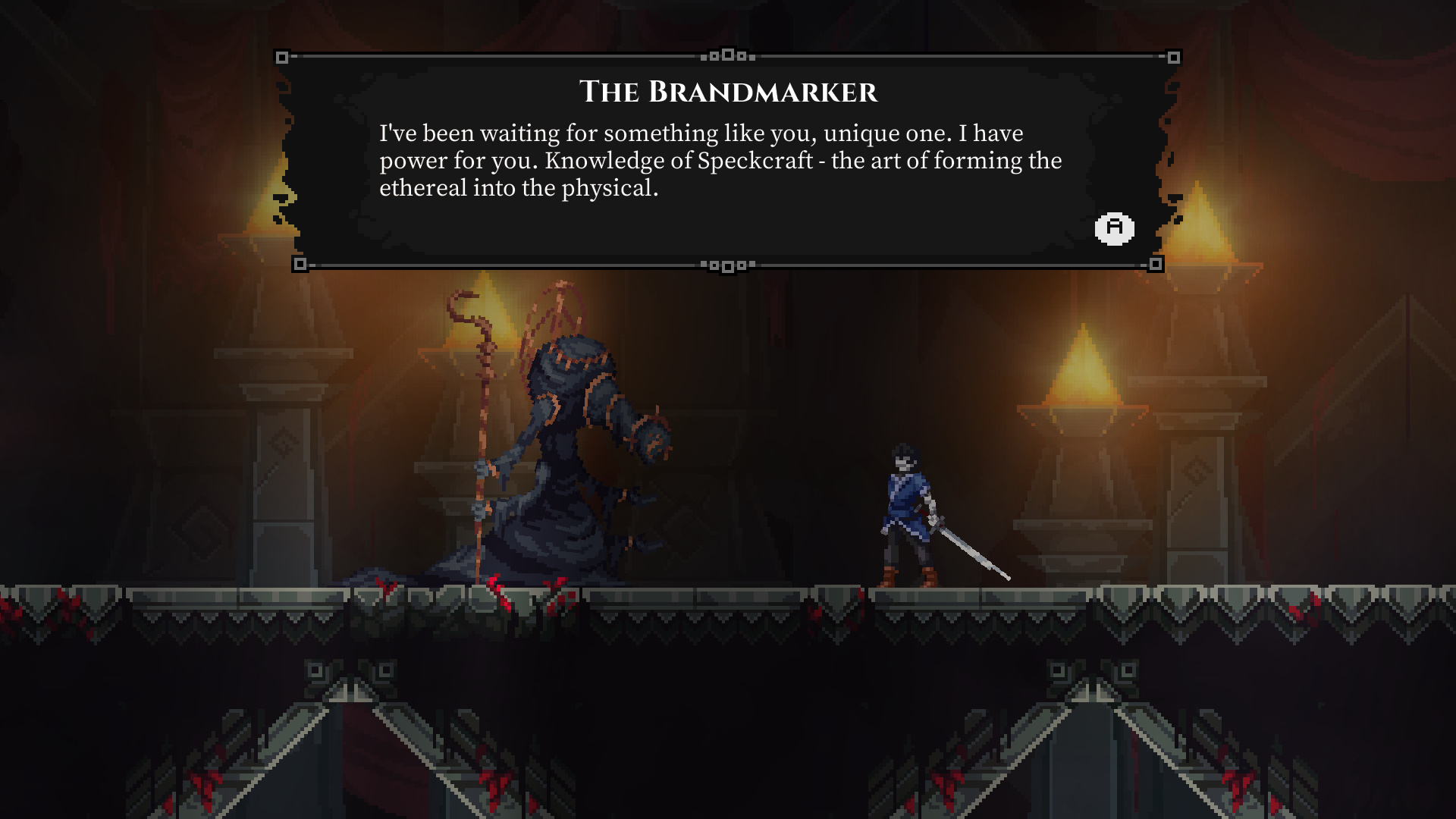
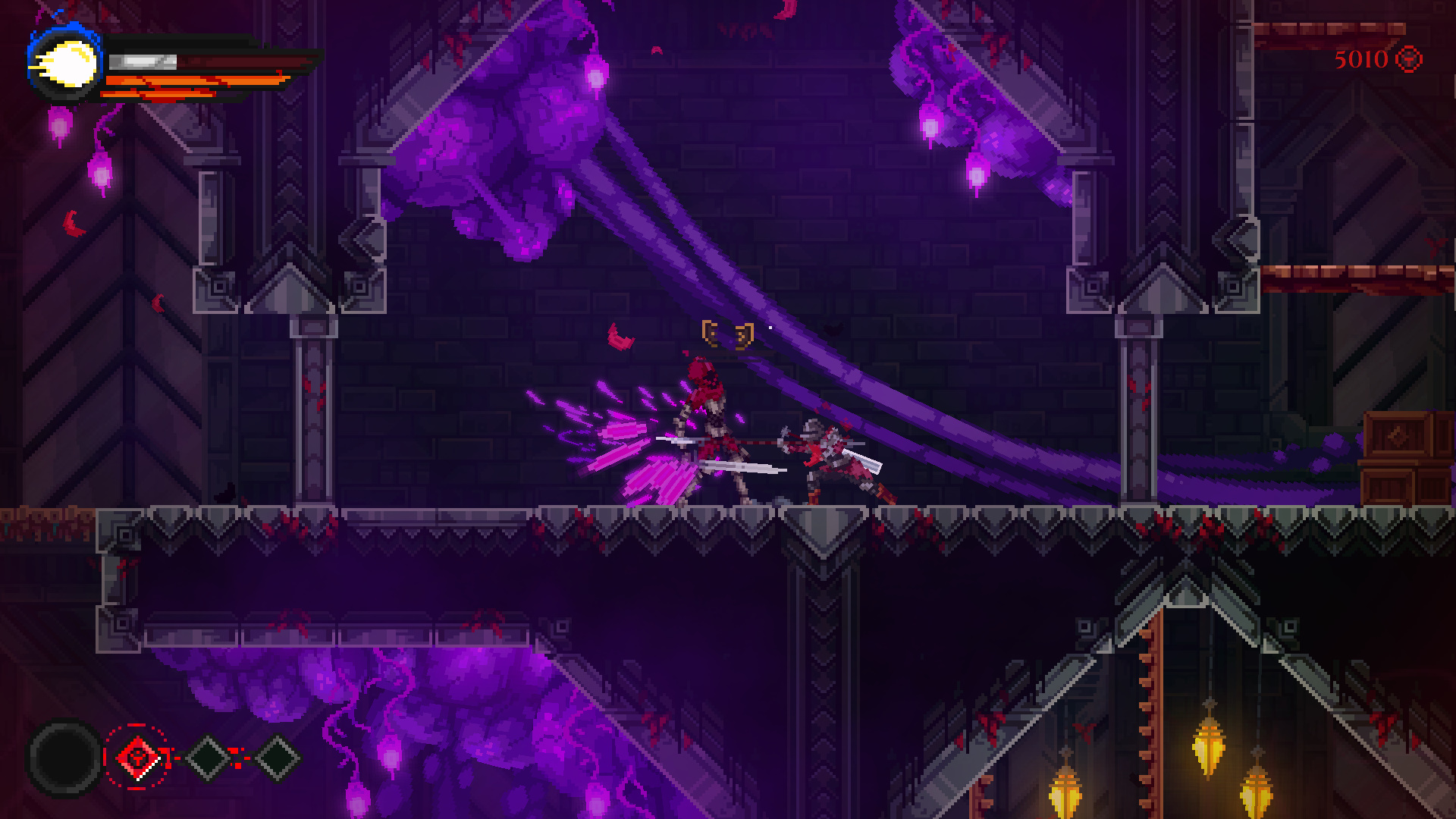
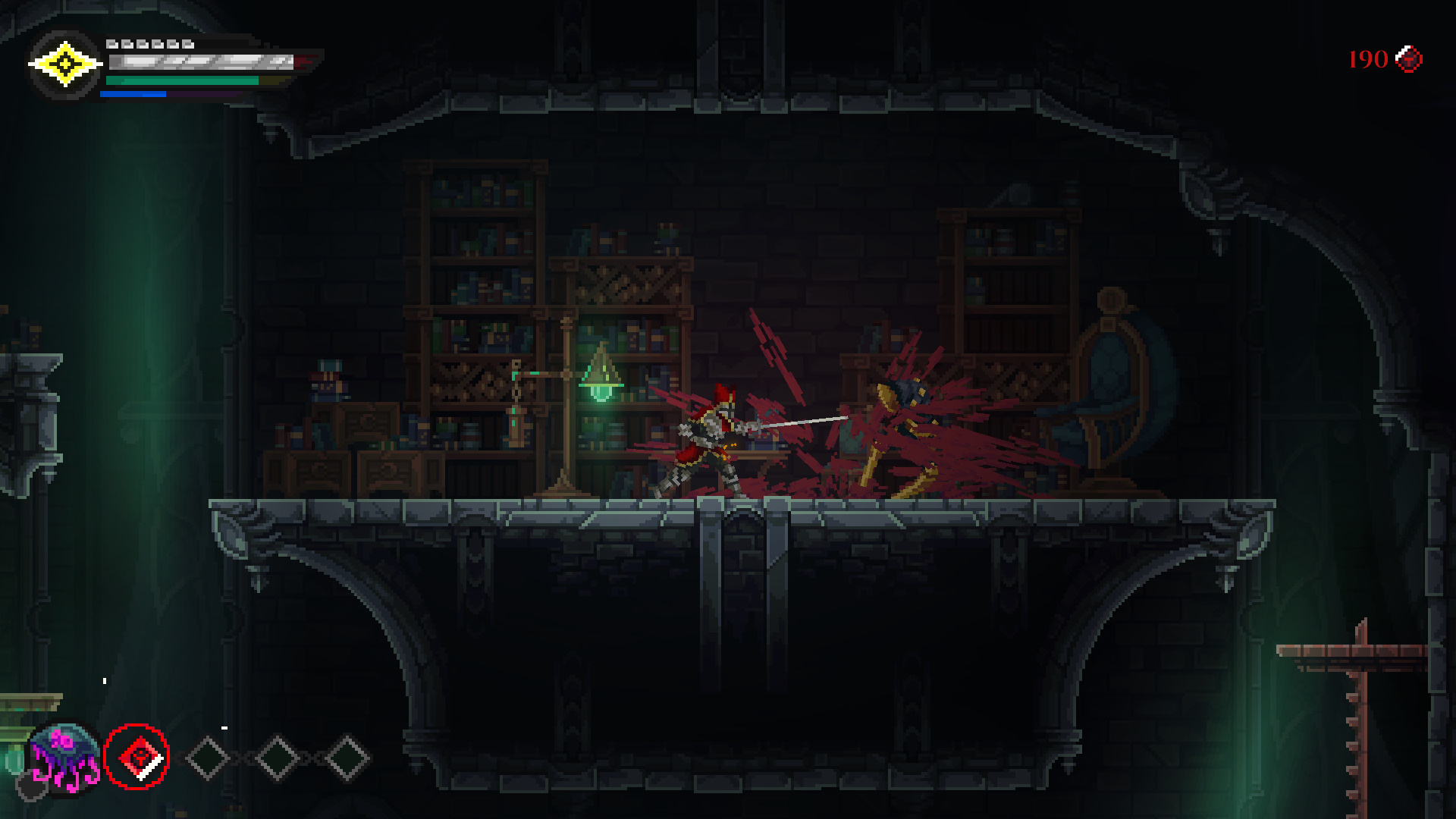
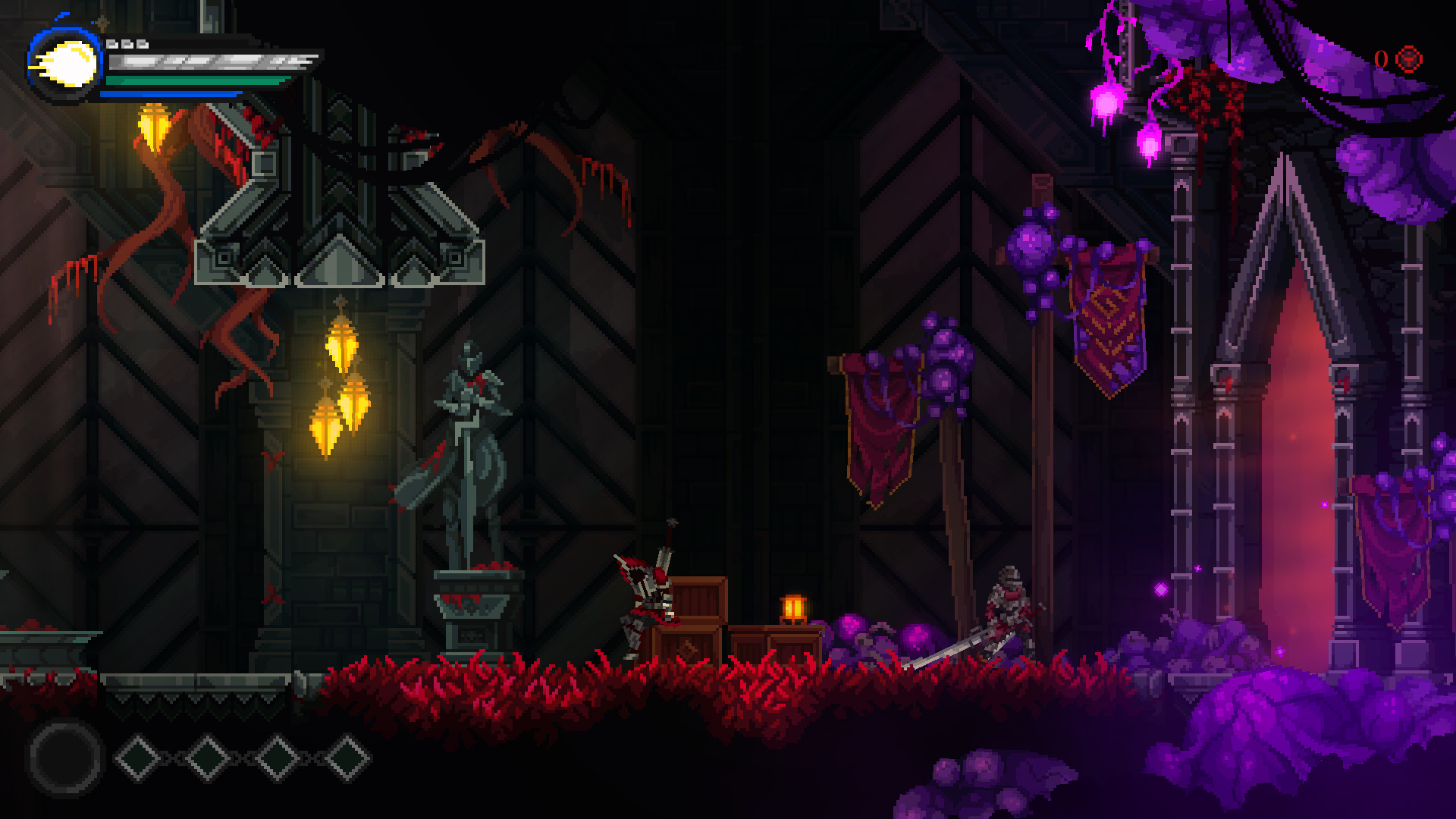
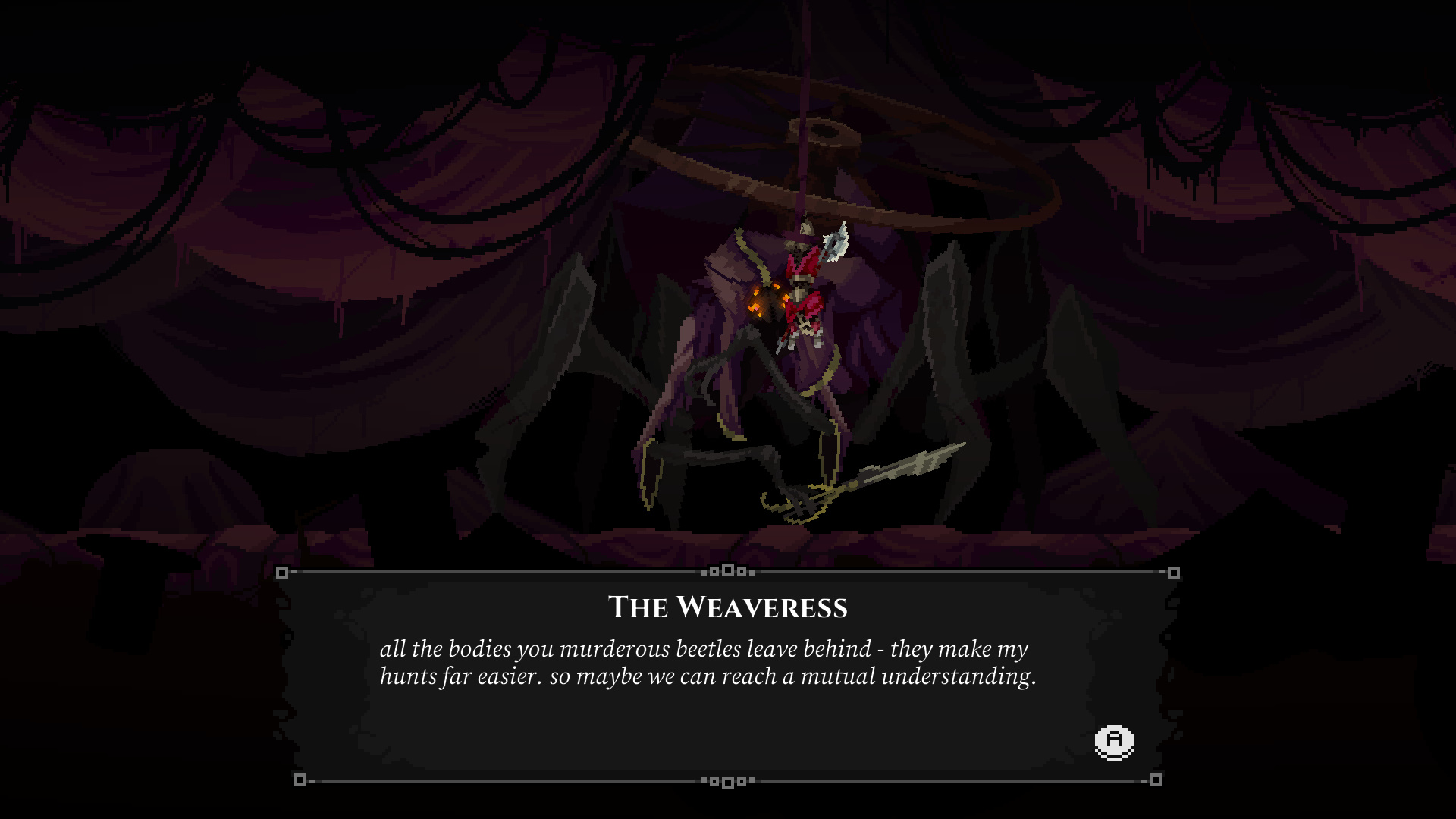
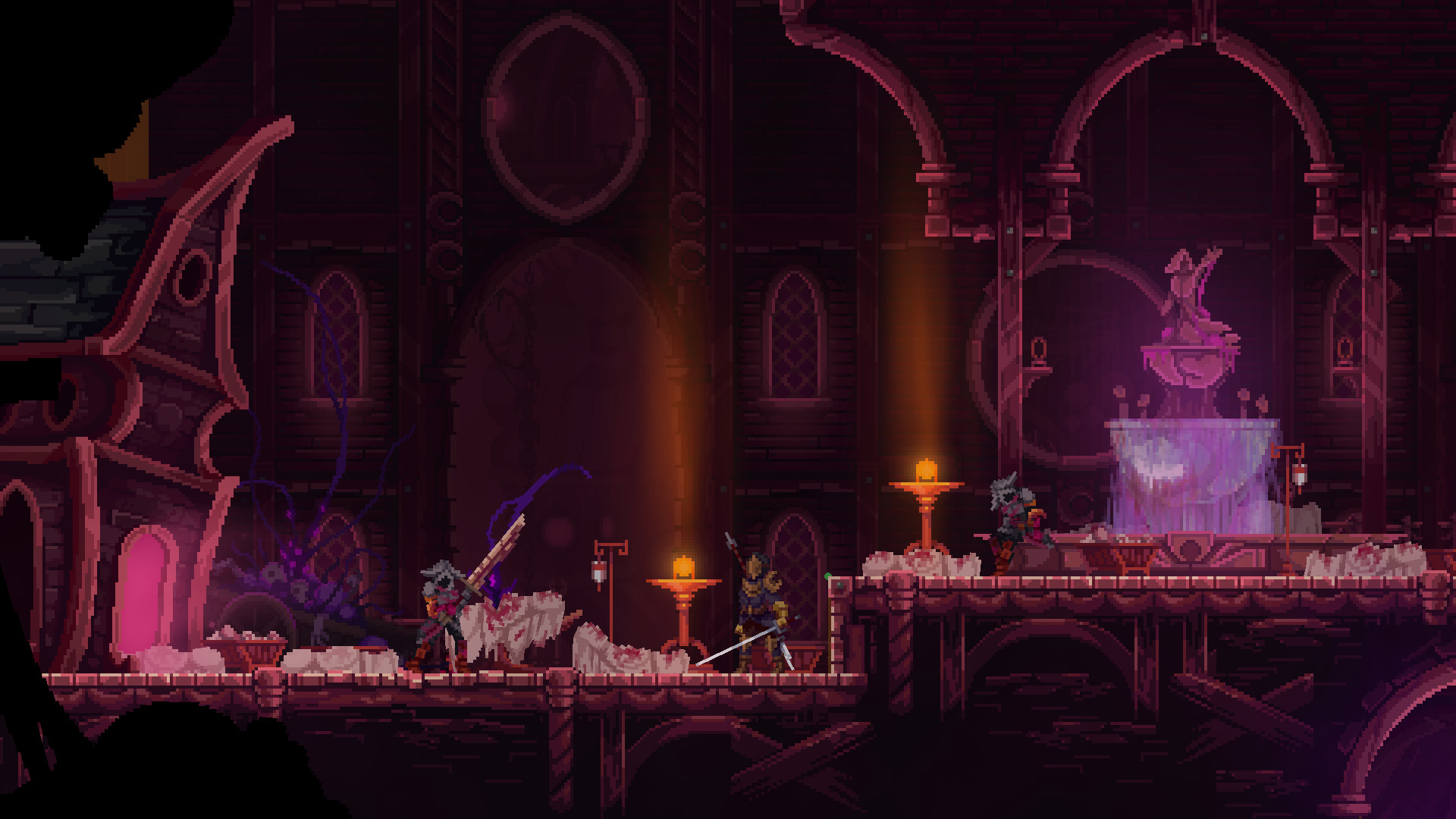
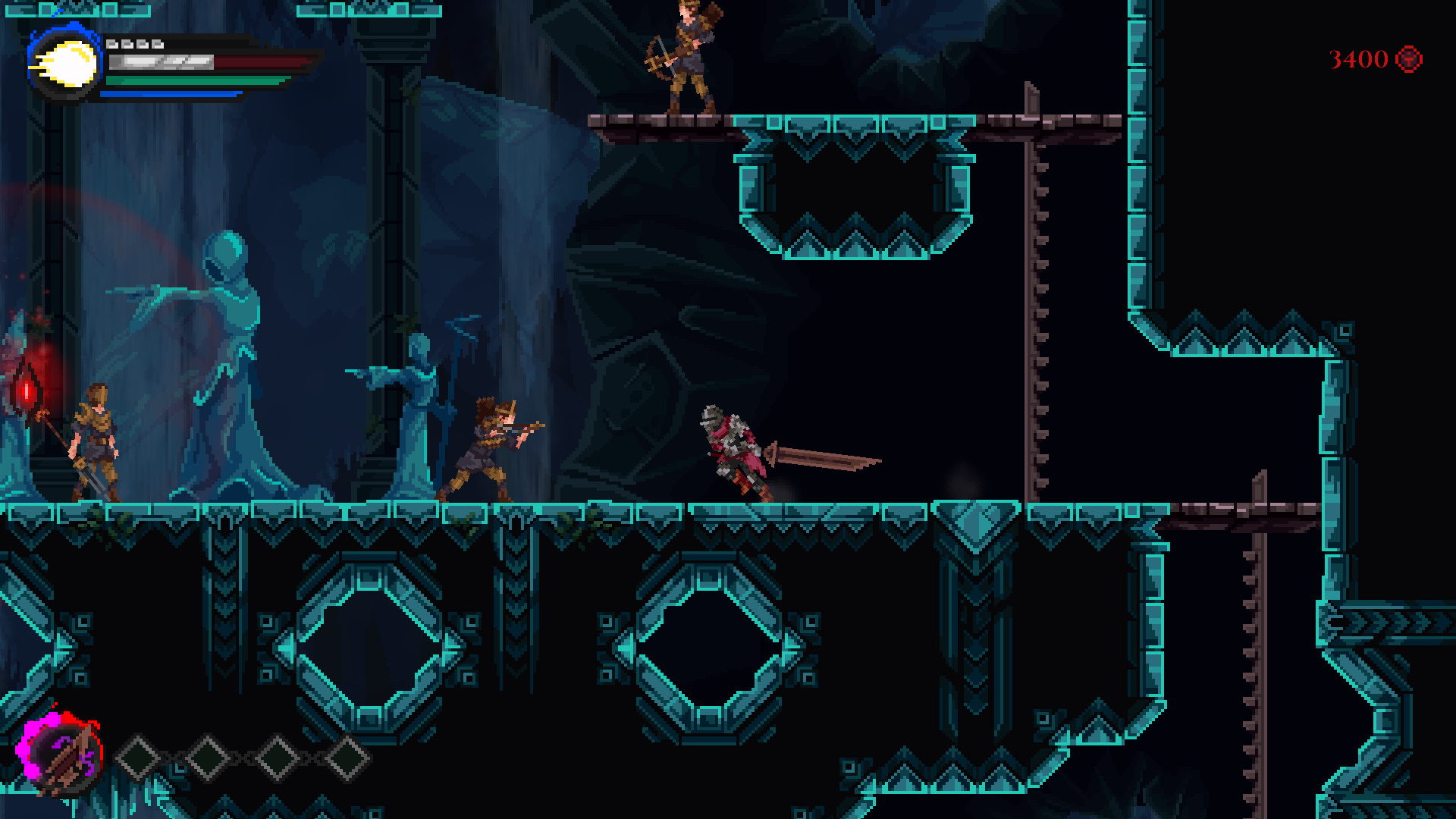

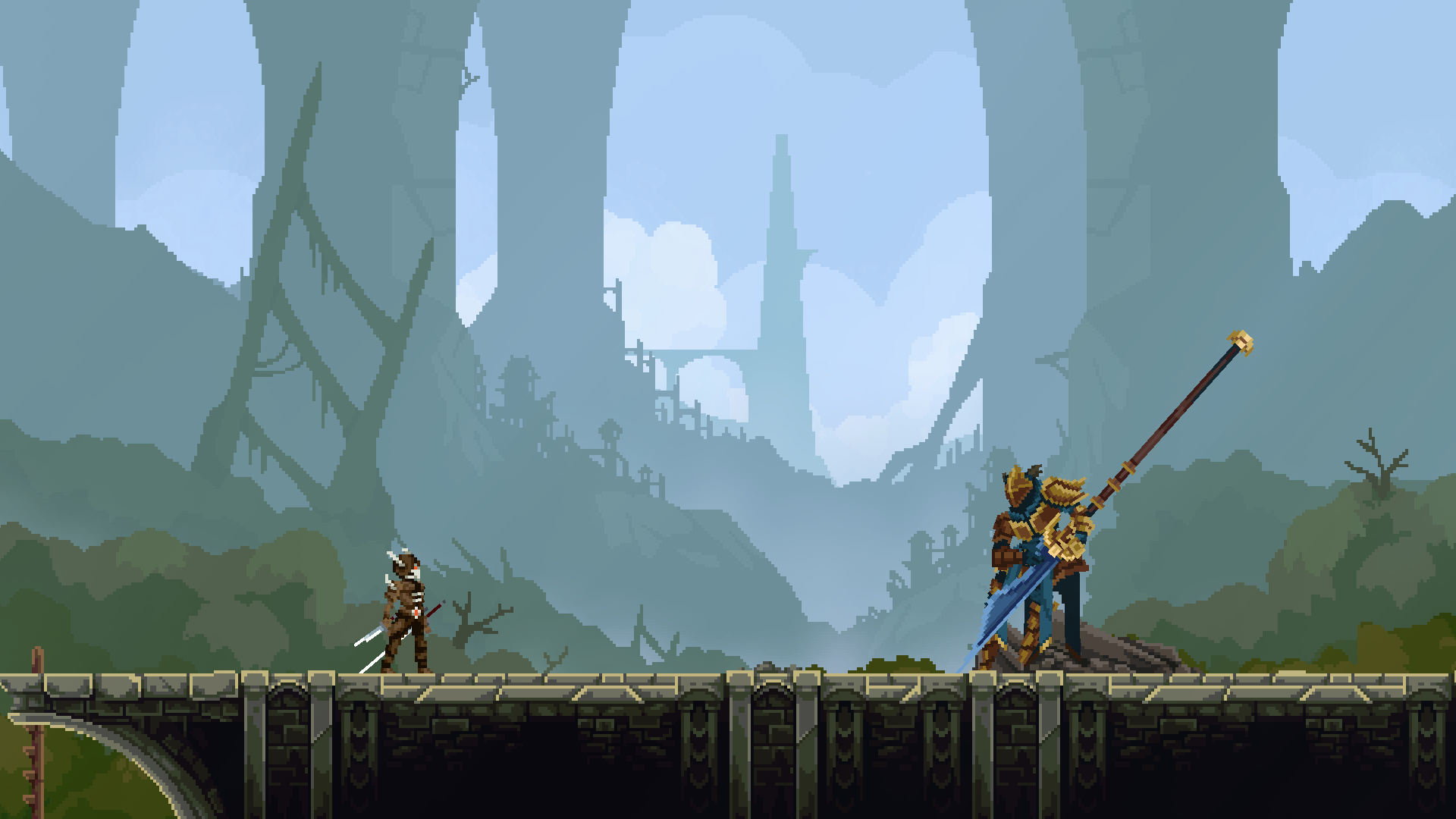
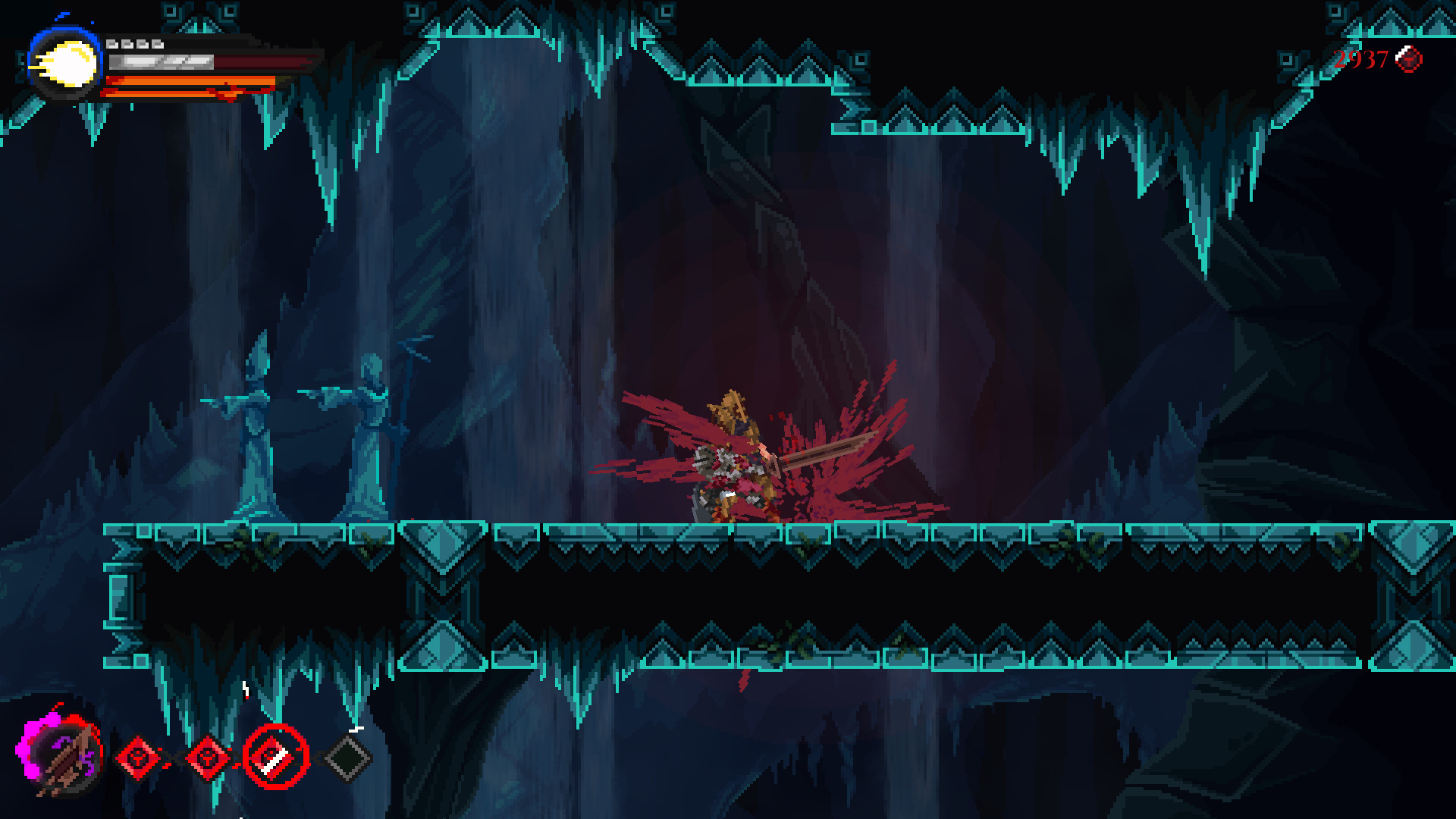
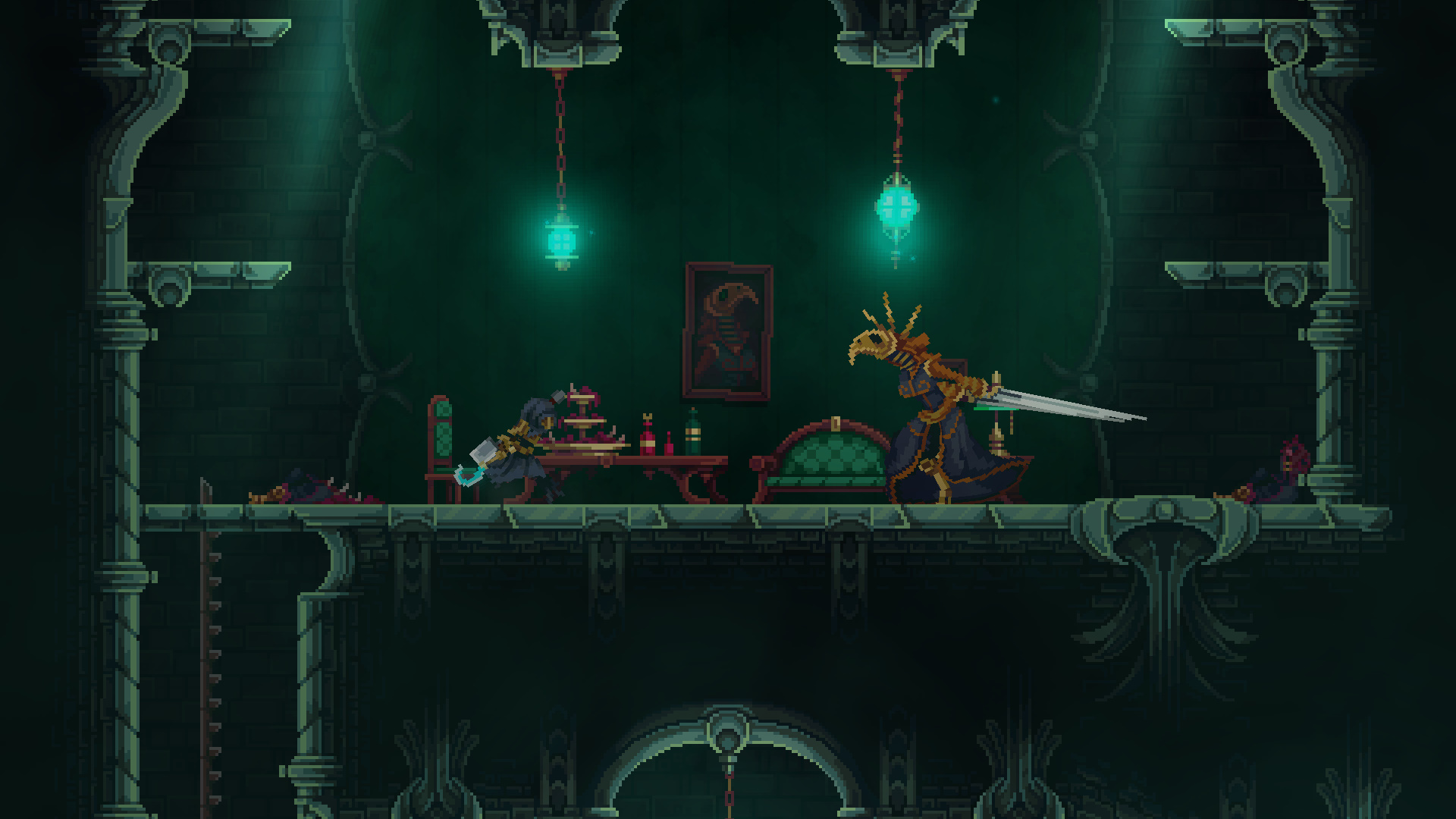
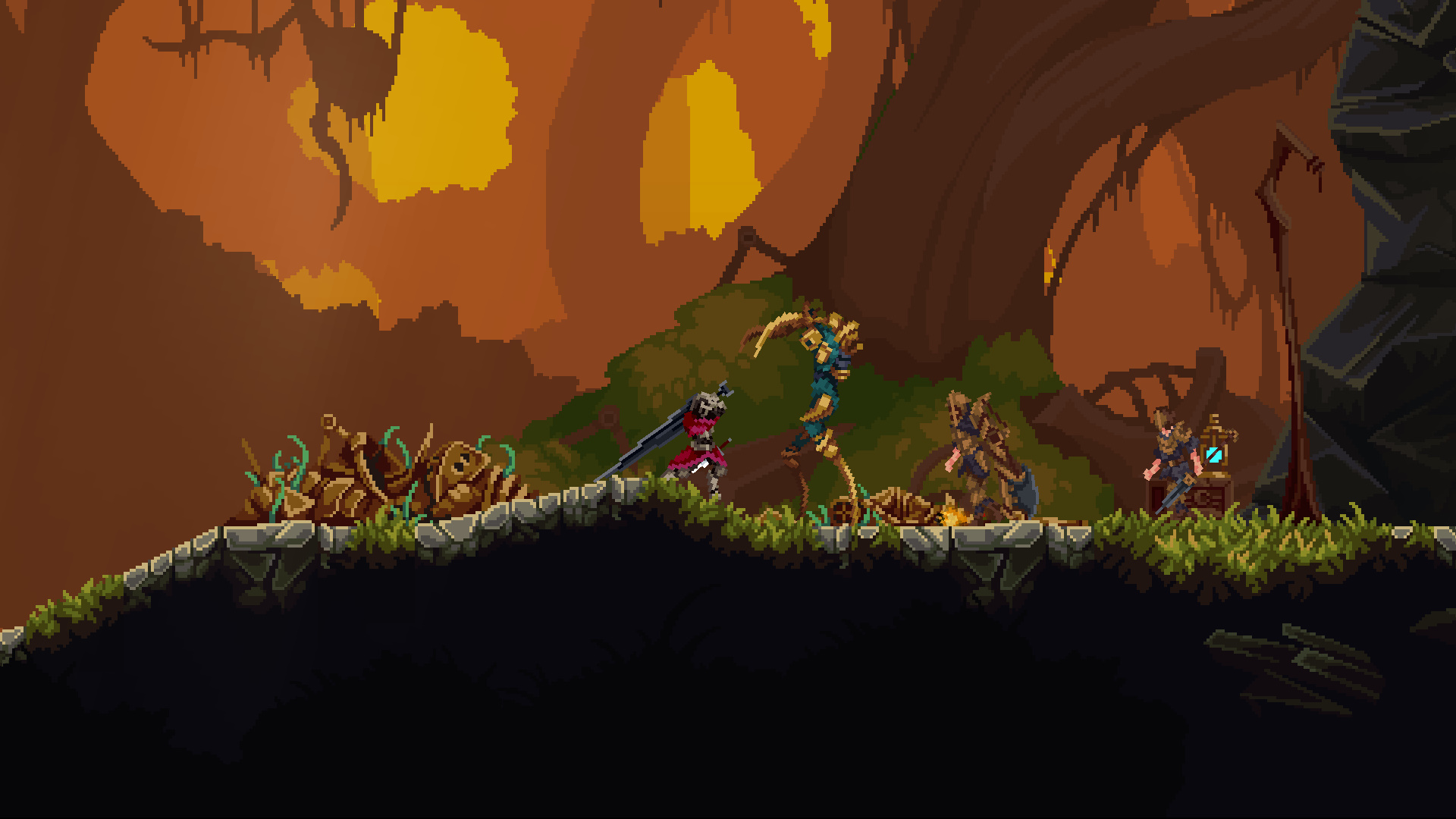
In the interest of full disclosure, VGamingNews was provided with a copy of the game in order to conduct this review.


